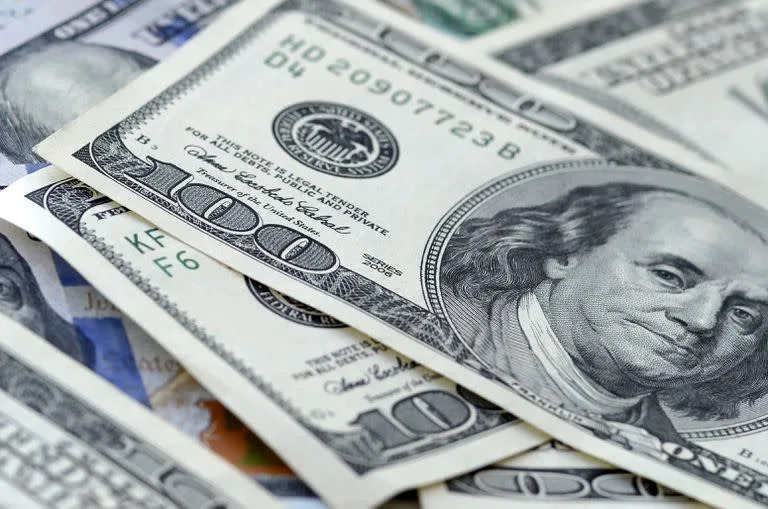Most people read the word “concept” or “idea” and run away in terror. When it comes to personal finance, you want to be told where to invest and how to invest, nothing more. However, it is the most dangerous shortcut you can take, since you will learn nothing about the subject and, just as one day you can win with someone else’s advice, another day you can lose a lot.
The concepts that we are going to review next are quite simple and absolutely necessary to develop an in-depth knowledge of money and personal finances. Incorporating them can mean a before and after in your life as a saver and investor.
For now, I promise to explain them to you in plain language and concisely, so that reading today’s column is as agile as it is profitable.
What to look at before making a fixed term? How to evaluate a possible investment? What are we talking about when we refer to the time value of money and how can it affect our finances? The answers below.
1) Time value of money
Thanks to inflation (it had to be something good), we Argentines learned that 1,000 pesos today are not worth the same as 1,000 pesos in 12 months. Although nominally we are talking about the same bill with the drawing of the baker, its real value (the amount of goods and/or services that we can acquire with it) is greater today than it will be in a year. This is due to the constant and widespread increase in prices.
Now, what happens when we talk about dollars? Historically, the greenback was a good refuge against inflation in Argentina. However, we can maintain that 1,000 dollars today have a greater real value than what 1,000 dollars will have in mid- or late 2023, not only in the United States -where there is inflation close to 10% year-on-year-, but also in our country and in all the world.
This is because, beyond the increased cost of living, there is an “opportunity cost of capital”. It is, basically, the money that we can generate by investing our savings in the financial system.
If we can invest $1,000 at a rate of, say, 8% per year, that means we can earn a $80 reward for that trade. Therefore, knowing that we have that option, keeping $1,000 in the mattress would imply paying an opportunity cost of $80.
The calculation can also be done from the future to the present: to find out how much 1,000 dollars in September 2023 are worth today, we must divide 1,000 by the mentioned interest rate of 8% (that is, by 1.08). The result gives us $925.92.
In conclusion, $1,000 today is worth more than $1,000 tomorrow. What was evident to you with the peso is now also evident with the dollar. If you don’t invest, you will surely lose.
2) Compound interest
The interest is the return in money that we obtain when we invest our capital or that we pay when we receive a loan. In the case of investments, what we decide to do with the money that we will receive will be crucial to define whether it is a simple interest or compound interest operation.
Let’s look at an example to understand this concept:
If I make a fixed term for 100,000 pesos at a TNA (Annual Nominal Rate) of 69.50% for 12 months with capitalization (monthly interest payments), I can know that I will receive 5,791.66 pesos at the end of the first month.
I arrive at that conclusion by dividing the NER of 69.5% by 100 (0.695) and then by 12 (the 12 months of the year), which gives a result of 0.0579166. I multiply that result by the amount invested (100,000 pesos) and thus arrive at 5,791.66 pesos that I will receive at the end of the month.
If I withdraw the 5,791.66 pesos and renew the fixed term of 100,000 pesos at the same rate, the following month I will obtain another 5,791.66 pesos. In total, in one year I will have added 69,500 pesos under a simple interest investment system, where every month I withdraw interest and renew the fixed term for the original amount of 100,000 pesos.
However, with the same capital, I can obtain much higher results if, instead of withdrawing the interest monthly, I decide to reinvest it together with the initial capital.
Consequently, if at the end of the first month I reinvest the 100,000 pesos plus the 5,791.66 pesos received as interest, the second month I will collect 6,127.09 pesos of interest, product of multiplying 105,791.66 by 0.0579166.
If I repeat the operation for the remaining 11 months, after a year I will have received about 96,710 pesos, which is equivalent to a TEA (Annual Effective Rate) of 96.71%.
It can then be said that a TNA of 69.50% with monthly capitalization becomes a TEA of 96.71% as long as we reinvest the interest month by month instead of withdrawing it.

